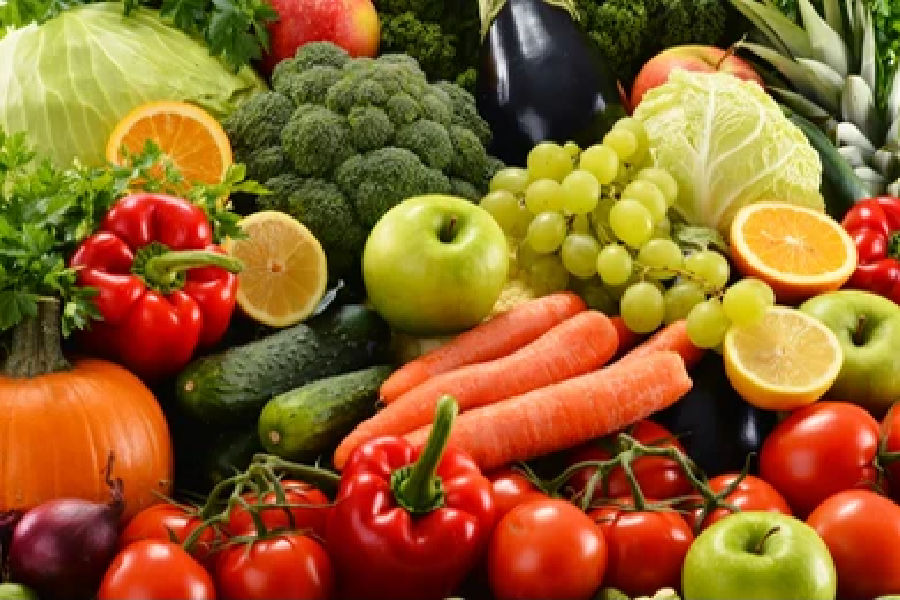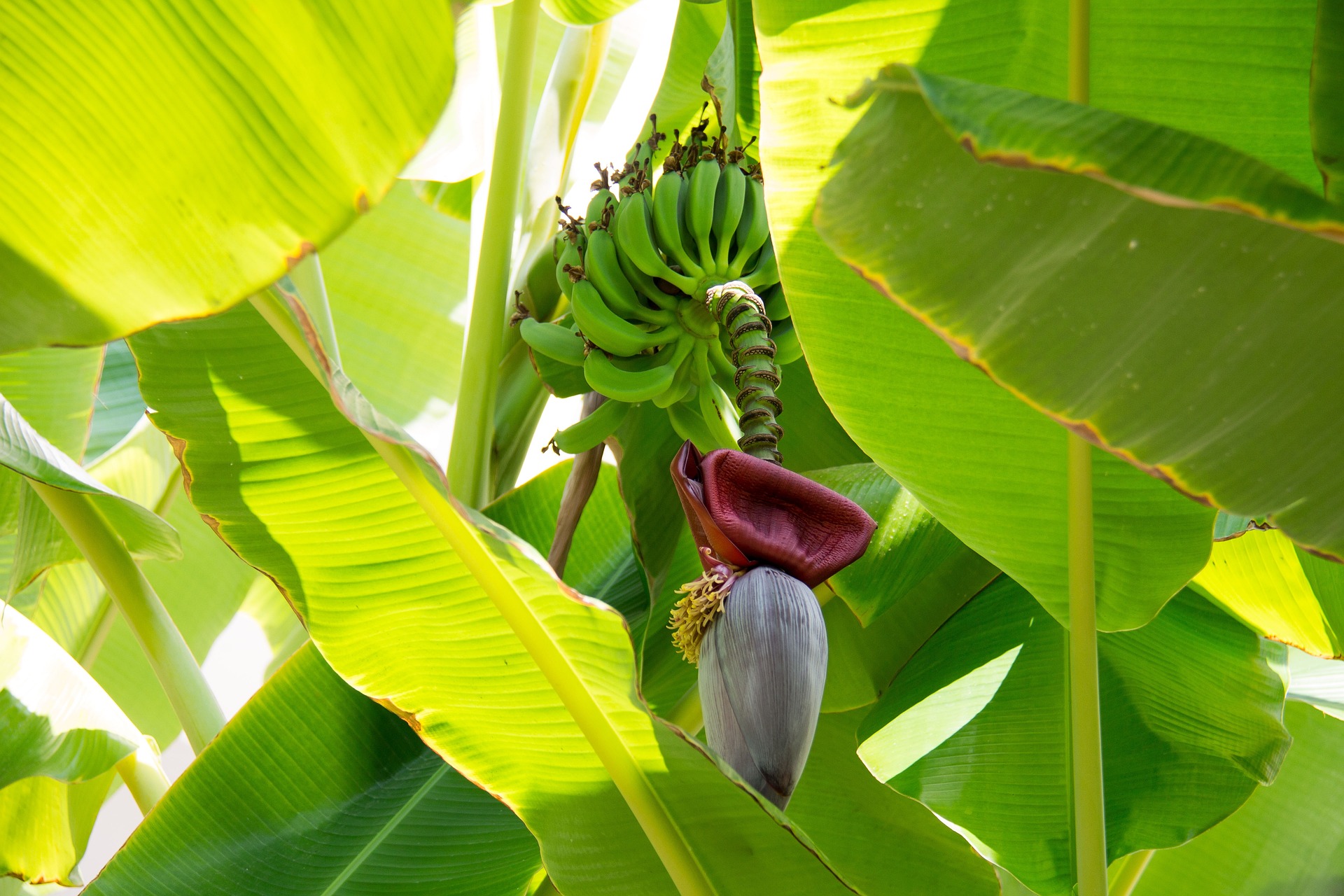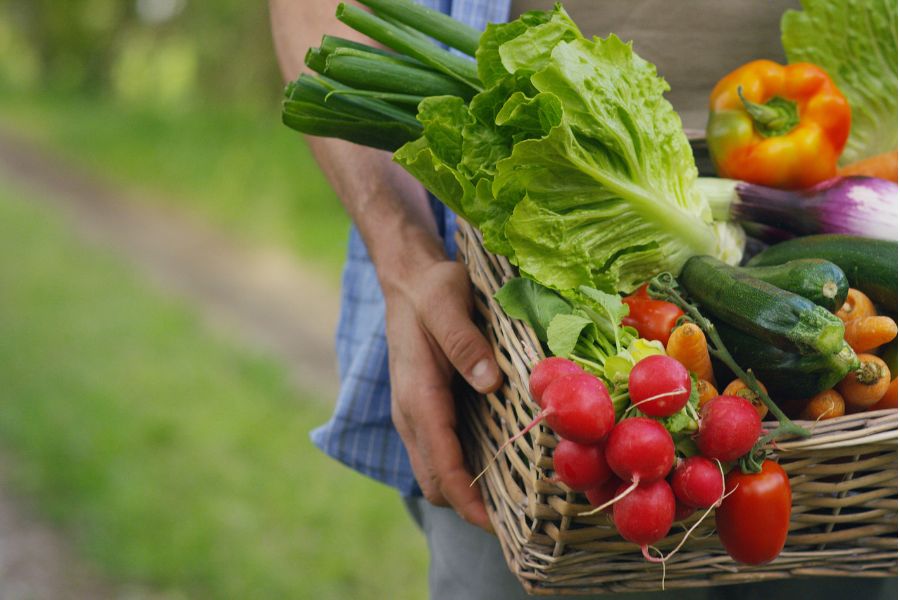Time to rethink India’s agricultural export basket
According to the Niti Aayog, 40% of Indians will have no access to drinking water by 2030. India’s challenge is to transfer export of rice, sugar & cotton to low water consuming but abundant crops to its agricultural export basket.
- India holds 4% of world’s freshwater which has to support 16% of the population. According to the Niti Aayog, 40% of Indians will have no access to drinking water by 2030.
- According to the Ministry of Commerce & Industry, our four largest export items during financial year 2021-22 were rice (US$ 9.7 billion), sugar (US$ 4.6 billion) and cotton (US$ 9.9 billion).
- Many of our major agricultural exports consume the maximum water resources. Since agricultural products form a major constituent of our export basket, we have to re-look at our exports as water scarcity increases in the future amidst the rapidly rising global climate change.
- The sector where India should focus is processed fruits & vegetables as it is world’s second largest producer of fruits & vegetables with ample surplus for exports.

Image credit: Shutterstock
India holds 4% of world’s freshwater which has to support 16% of the population. According to the Niti Aayog, 40% of Indians will have no access to drinking water by 2030. States need to start managing their groundwater and their agriculture water, said the Comprehensive Water Management Index (CWMI) report–India’s first comprehensive collection of nationwide water data. Under these stressed conditions, how much agricultural commodities India will be able to export is anyone’s guess. We will soon realize that we are not exporting food but water.
According to the Ministry of Commerce & Industry, our four largest export items during financial year 2021-22 were rice (US$ 9.7 billion), sugar (US$ 4.6 billion) and cotton (US$ 9.9 billion), and were responsible for 48% of India’s total agricultural exports worth US$ 50.3 billion. Many of our major agricultural exports consume the maximum water resources. The ‘water we eat’ daily through the food we consume is much more than what we drink. About 2,000 to 5,000 litres of water is required to produce the food consumed daily by one person.
Further, rice requires 2,500 liters of water, sugarcane requires 2,515 liters and 10,000 liters are required to grown one kg of cotton. 70% of water in Maharashtra goes for sugarcane cultivation and if water usage in the country is analysed, it would reveal that water consumed to grow India’s cotton exports would be enough to supply 85% of the country’s 1.24 billion people with 100 litres of water every day for a year.
Since agricultural products form a major constituent of our export basket, we have to re-look at our exports as water scarcity increases in the future amidst the rapidly rising global climate change.
What can the country do to sustainably manage our agricultural exports?
The government is looking at increasing the export of millets, which has limited potential due to its low yield and negligible investment in R&D. The sector where India should focus is processed fruits & vegetables. India is world’s second largest producer of fruits & vegetables with ample surplus for exports. India is world’s no.1 producer of ginger, okra, chilli, limes, papaya, banana, mango and pomegranate and no.2 producer of potato, onion, cauliflower, brinjal and cabbage etc.
In spite of being a top ranking producer, we have a very low share of frozen and dried agro products. Worldwide, frozen vegetables exports totalled US$ 6.87 billion in 2020, up by an average 13.1%. India’s export rank in frozen vegetables is 23 with total exports of US$ 62.5 million, a market share of less than 1%. We are currently exporting just 1.3% of our F&V production while 5-30% produce rot in the fields due to inadequate processing facilities. Further, the global dehydrated food market is forecasted to register a CAGR of 4.8 % during the forecast period 2022-2027. India has 30% of world market in dehydrated onion but does not have significant market share in other dehydrated products.
Dehydrated and frozen F&V do not suffer from logistical limitations of fresh F&V and we can export frozen produce throughout the world provided we have globally competitive products to market. India is already producing in surplus, therefore, factors like inefficiency in supply chain, infrastructure development, developing new markets, greater market access and a higher value addition is needed.
To give an example, smaller countries such as Ecuador have increased their exports to Japan (which meets about half of its food requirements through imports) due to the focus on quality. Ecuador’s distance to Japan is over 17000 nautical miles (NM) compared to Mumbai’s 6400 NM. Ecuador’s exports in 2019 amounted US$ 52 million in frozen vegetables. In the same period India exported US$ 4.7 million in frozen vegetables. Our recent successes in exporting frozen French fries and dehydrated onion has shown the pathway for increasing exports in these categories.
Similarly, if we look at high value-added products such as Ready-to-Eat, Ready-to- Cook, snacks and beverages concentrates, our contribution to global markets is negligible. Ready-to-Eat itself is a US$ 180 billion market growing at 7.7% per annum. Value addition requires a higher outlay of R&D resources. A small country like Thailand has set up a US$ 2 billion food innovation centre called Food Innopolis to launch Thailand into a leading food exporter in the coming decade. If we concentrate our efforts on value-added products, we can, by 2030, increase our export of value-added but low water consuming products.
Our freshwater resources are dwindling at an alarming rate. Growing water scarcity is now one of the leading challenges for sustainable development. This challenge will become more pressing as the world’s population continues to grow, their living standards increase, diets change and the effects of climate change intensify. Our challenge is to transfer the export of rice, sugar & cotton to low water consuming but abundant crops to our export basket. We will have to use our natural resources more wisely as time goes on and when it comes to water there is no exception.
Suhayl Abidi is Research Advisor, GOG-AMA Centre for International Trade & Consultant, Centre for VUCA Studies, Amity University. Views are personal.













Leave a comment